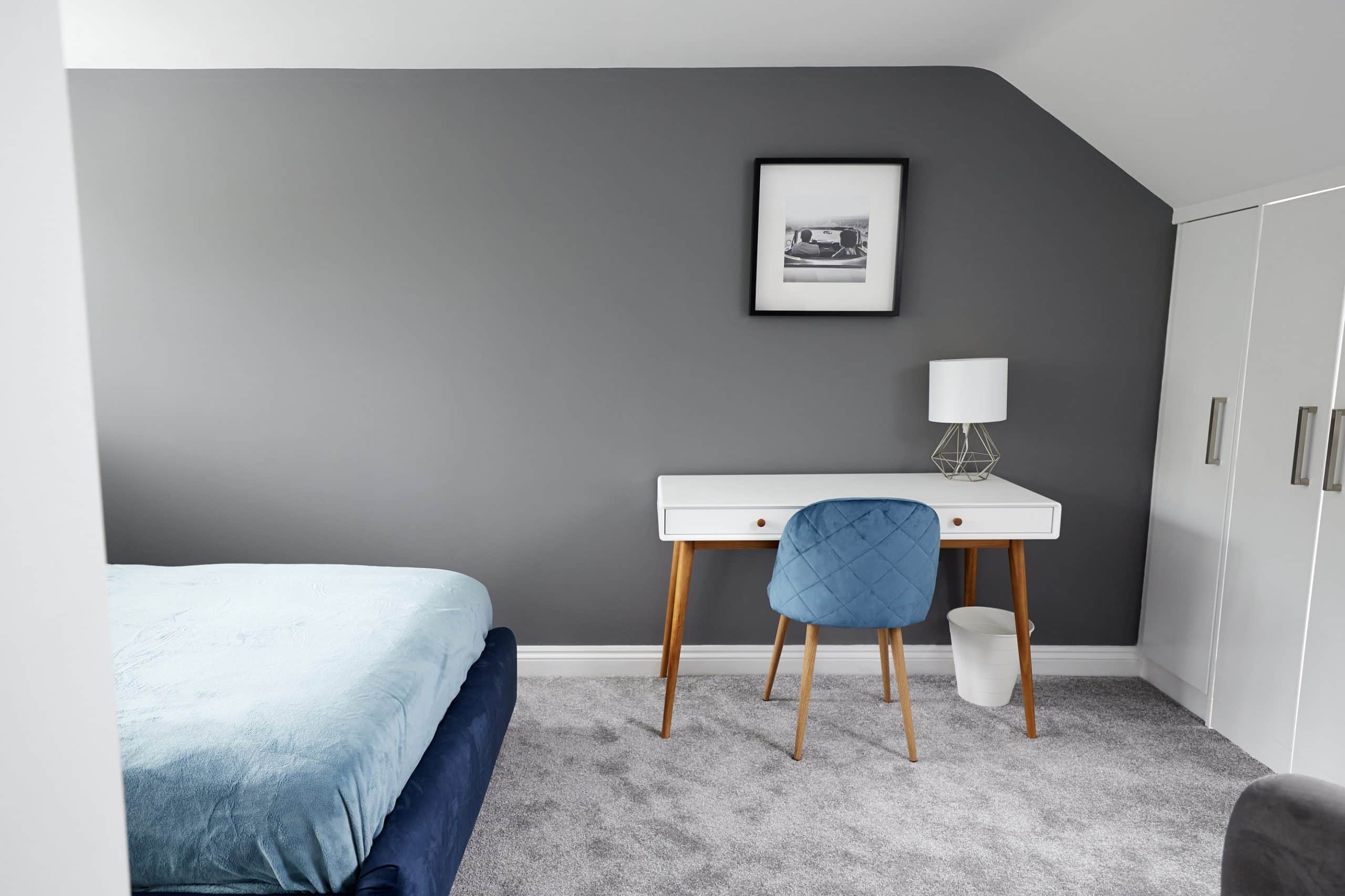The decision to convert a single-family home into a multi-occupancy rental, also known as a House in Multiple Occupation (HMO), can be an exciting and financially rewarding venture. However, it also requires careful planning and adherence to specific legal and regulatory requirements. This article offers a comprehensive, step-by-step guide to the legal process of turning your property into an HMO in the UK, ensuring a seamless transition for both landlords and prospective tenants.
Understanding What an HMO Is
Before delving into the legal steps, it’s essential to understand what an HMO is. In the UK, a property is classified as an HMO if it is rented by at least three people from more than one household but share facilities like a bathroom and kitchen. From student accommodations to shared housing for professionals, HMOs come in various forms.
Have you seen this : How to Navigate Stamp Duty Land Tax (SDLT) Relief for First-Time Buyers in the UK?
The appeal of an HMO for you as landlords lies in their ability to generate higher rental income compared to traditional single-occupancy properties. However, managing an HMO comes with increased responsibilities, including specific licensing requirements, and higher standards for fire and safety measures. Therefore, it’s crucial to clearly understand what this entails before proceeding.
Securing the Necessary Planning Permission
Depending on the local council’s regulations, you may need to secure planning permission to convert your single-family home into an HMO. It’s recommended to contact your local council to understand the specific planning requirements in your area.
In parallel : How Can Landlords Maximize Returns on Student Accommodation in University Cities?
In some instances, a change of use application will be necessary, specifically if the property is going to house more than six people. In other cases, a simple notification to the council about the change in property status may suffice. It’s vital to consult with the planning department of your local council or seek the advice of a property solicitor to ensure you’re complying with all planning regulations.
Applying for an HMO Licence
The next major step in the legal process is applying for an HMO licence from your local council. The council will only grant an HMO licence if the property meets specific standards. These standards are designed to ensure the safety of the tenants and the adequacy of the facilities provided.
For instance, the property must have adequate fire safety measures, including fire doors and alarms. There should also be enough bathrooms and cooking facilities for the number of people living in the property. Furthermore, you as the landlord are expected to be ‘fit and proper’, meaning that you have no criminal convictions or breaches of landlord laws or codes of practice.
Meeting Building Regulations
When converting a single-family home into an HMO, you’ll likely need to make some alterations to the building. These changes might include adding more bathrooms or kitchen facilities, installing fire doors, or even changing the layout of the property to create additional bedrooms.
As you make these changes, it’s crucial to ensure that they meet standard building regulations. These regulations are in place to ensure that all buildings are safe, accessible, and energy-efficient. You’ll need to submit detailed plans of the proposed changes to your local council for approval before carrying out the work.
Adhering to Ongoing Regulatory Requirements
Once your HMO is up and running, your legal responsibilities don’t end there. You’ll need to ensure ongoing compliance with various regulatory requirements. This can include annual safety checks for gas and electrical appliances, ensuring furnitures meet fire safety standards, and maintaining the property in a good state of repair.
Additionally, you’ll need to adhere to the tenancy deposit scheme regulations, protect your tenants’ deposits correctly, and provide them with the prescribed information.
In conclusion, converting a single-family home into an HMO can be a complicated process. However, by understanding what an HMO is, securing the necessary planning permission, applying for an HMO licence, meeting building regulations, and adhering to ongoing regulatory requirements, you can navigate this process with confidence.
Getting Insured and Understanding Tax Implications
Once your planning permission and HMO licence are approved, and you’ve ensured your property meets all necessary building regulations, the next step is to get your property insured. Insurance for an HMO property tends to be more comprehensive and slightly more expensive than insurance for a single-occupancy dwelling due to the increased risks associated with multiple tenants.
You’ll want to ensure that your policy covers both the building itself and any contents that belong to you, such as furniture or appliances. It’s also essential to have public liability insurance, which could cover you if a tenant or visitor is injured at your property and decides to make a claim. Always clarify with your insurer that your policy is suitable for an HMO.
Moreover, you should also be aware of the tax implications of turning your single-family home into an HMO. Rental income from an HMO is subject to income tax just like any other rental property. However, the expenses you can claim against your income may be different, as you’ll likely have higher costs associated with maintaining the property. Additionally, the council tax may be higher for HMOs, and in some cases, the landlord may be liable for this instead of the tenants.
Final Thoughts
Turning a single-family home into an HMO can be a profitable venture for landlords willing to navigate the additional licensing and regulatory requirements. From securing the necessary planning permission from your local authority, applying for an HMO licence, complying with the required fire safety measures and building regulations, to ensuring your property is adequately insured, there are numerous steps to consider in an HMO conversion.
However, with careful planning and adherence to the necessary steps, the process can be streamlined, and you can be on your way to becoming a successful HMO landlord. It’s always advisable to seek professional advice when undertaking such a venture to ensure that you are compliant with all the legal requirements and that you understand the financial implications, including taxes and insurance.
Keep in mind that as an HMO landlord, you have an ongoing responsibility to meet the standard requirements and regulations, which include regular safety checks, maintaining the property in good repair, and providing the necessary amenities for your tenants. By meeting these obligations, you can provide a safe and comfortable living environment for your tenants, which in turn can lead to a more stable occupancy rate and a more reliable income stream.
In conclusion, converting a single-family home into a multi-occupancy rental property or HMO can be a fulfilling and rewarding venture when executed correctly. It’s a journey that requires due diligence, careful planning, and a clear understanding of your responsibilities as an HMO landlord.






